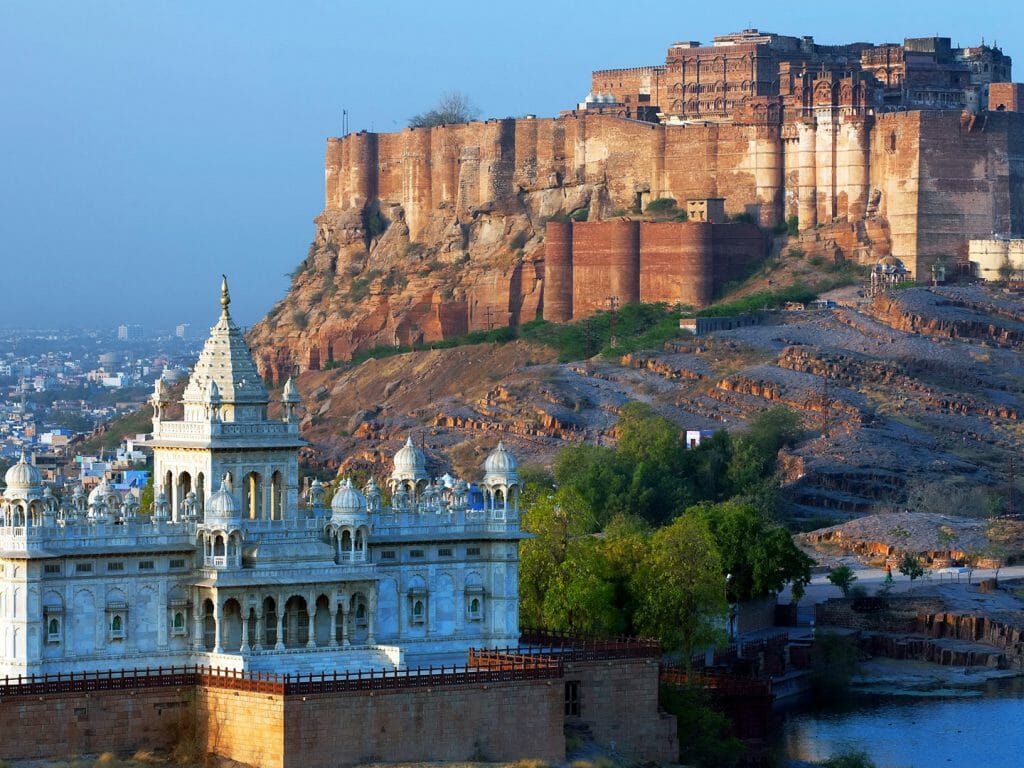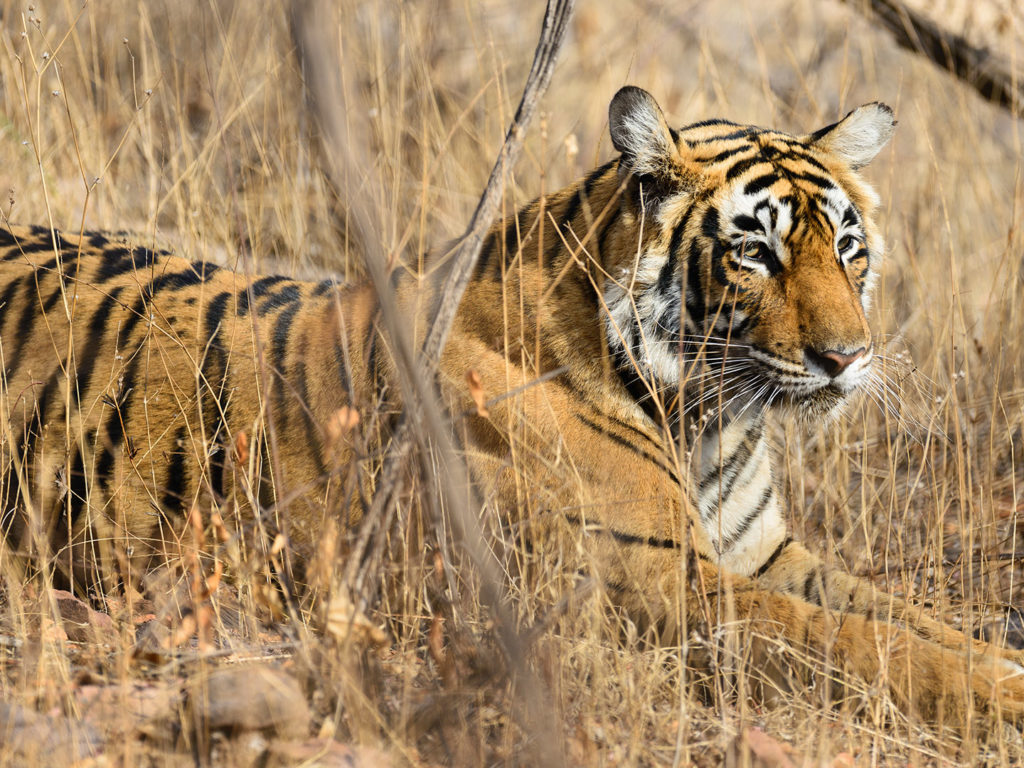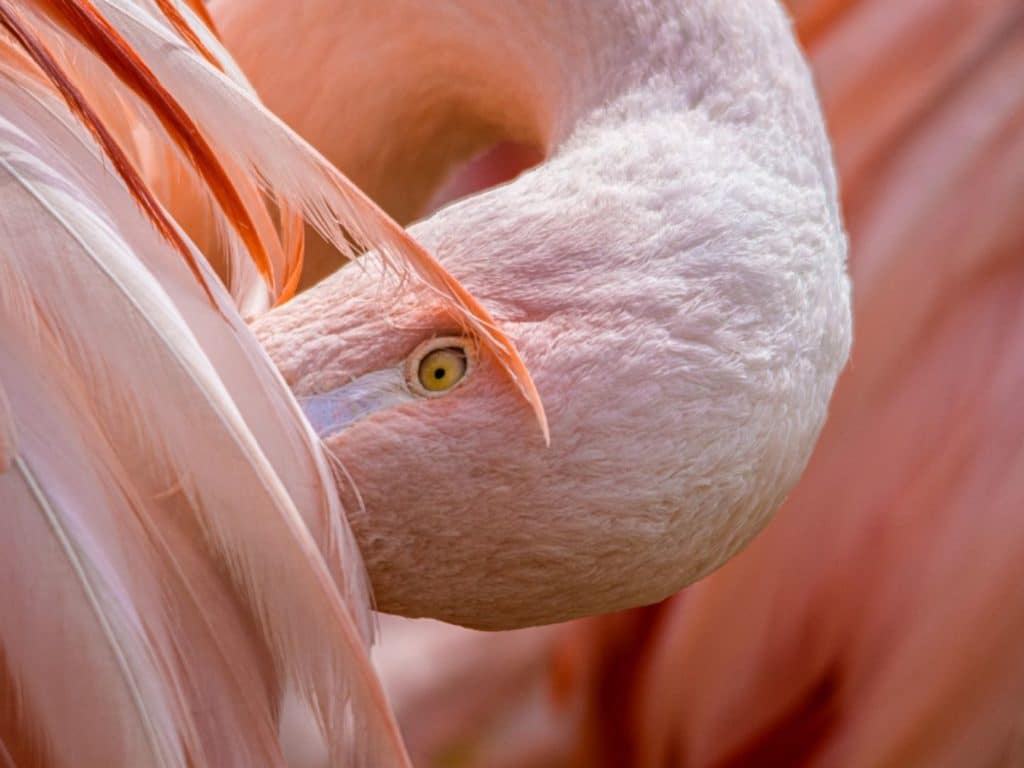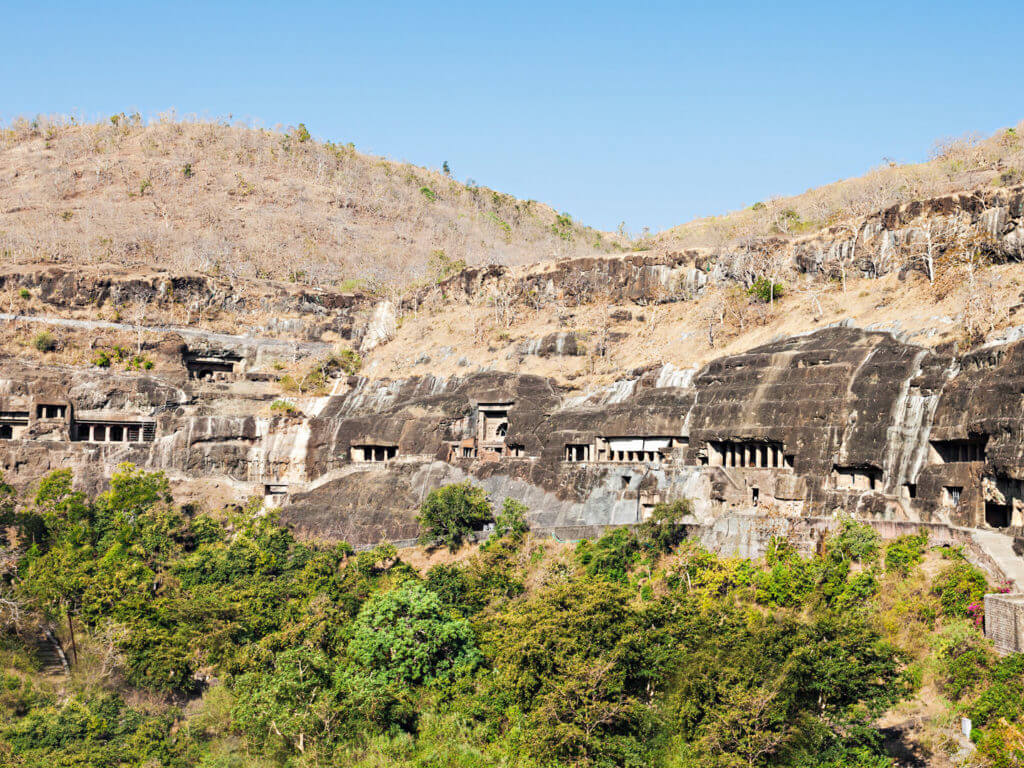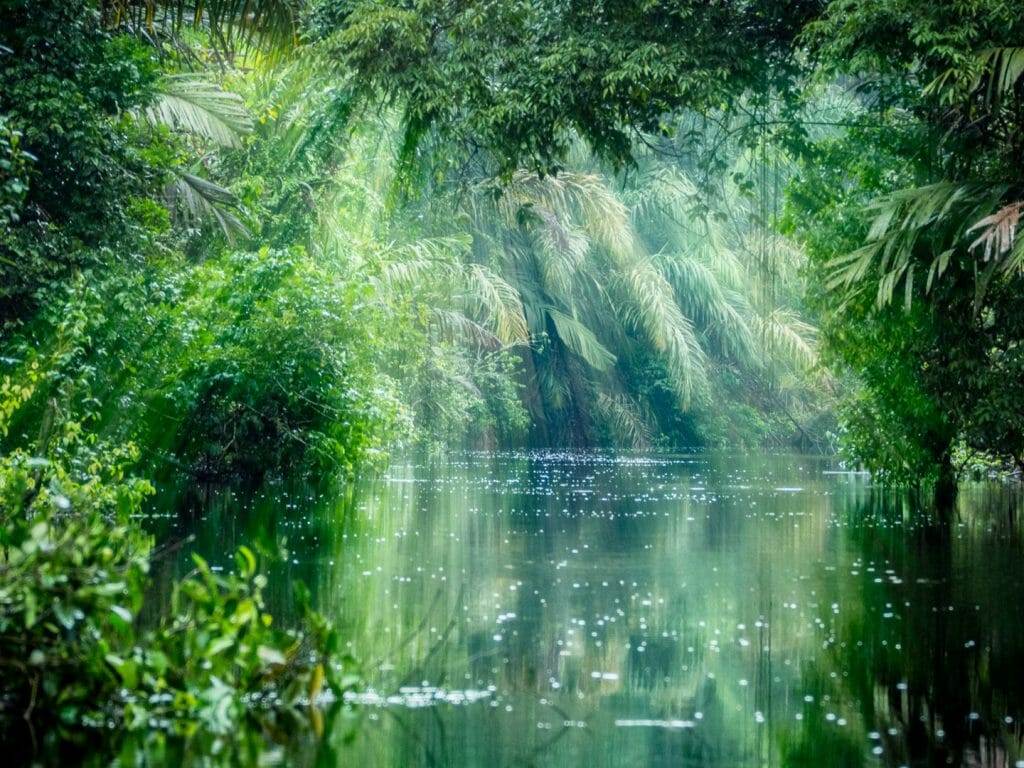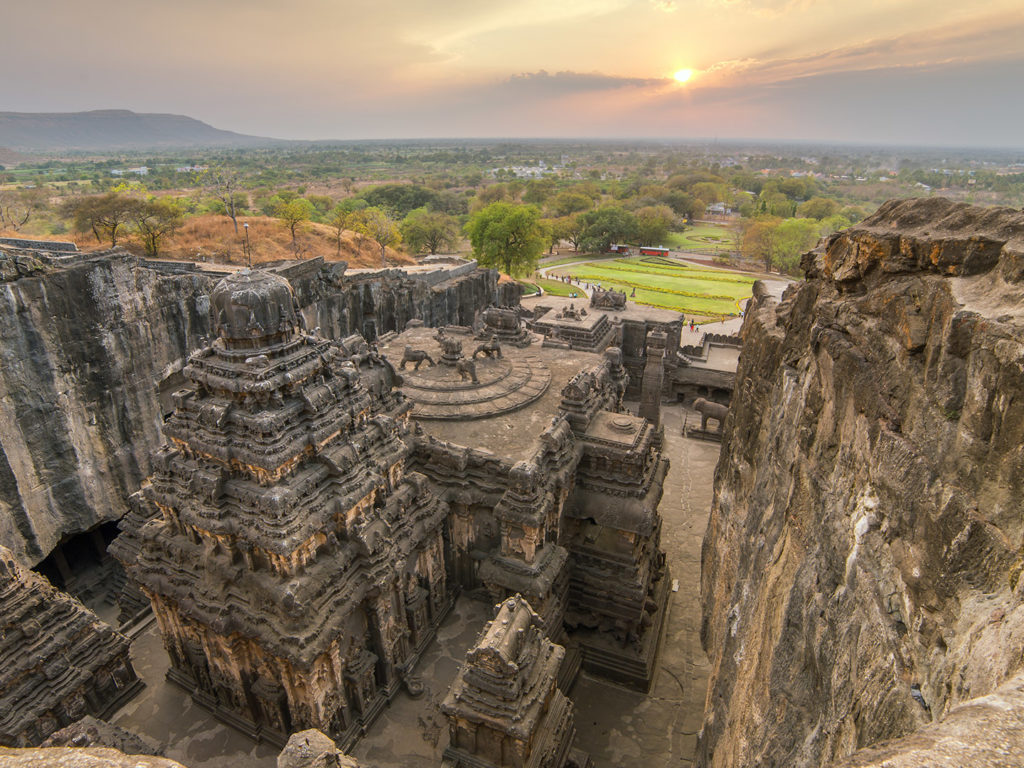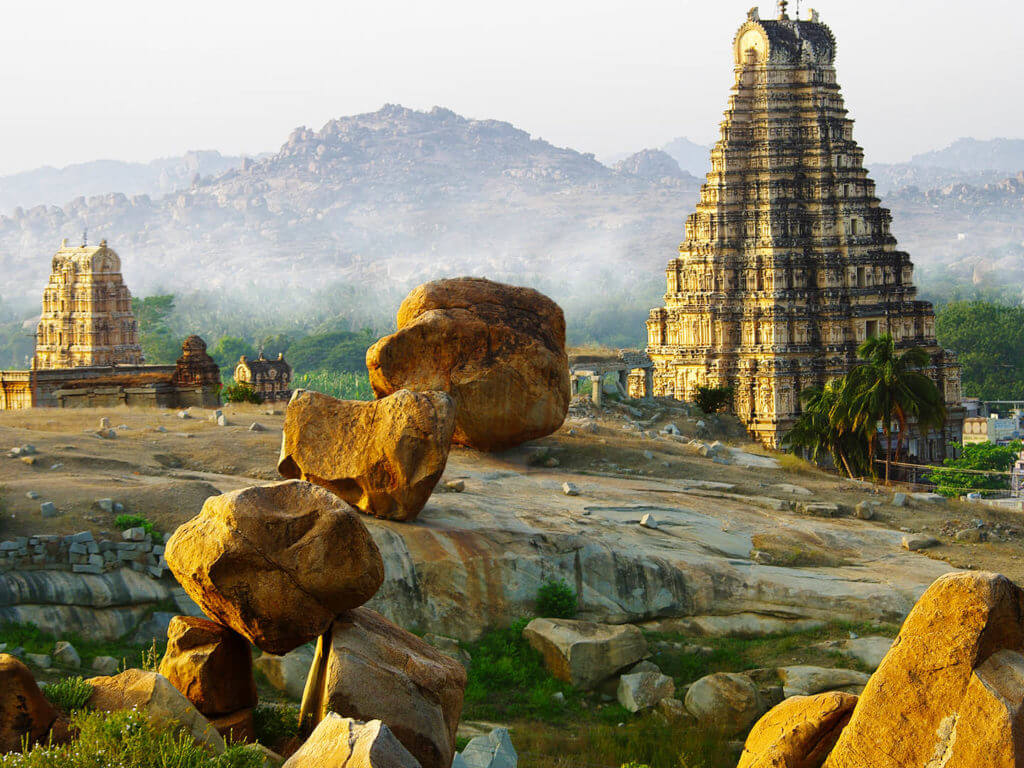We spoke to Indrajit Latey, Indian Wildlife Naturalist, about his background in wildlife conservation, his memorable experiences whilst working in the field and his advice to someone looking to plan a tiger safari.
Please could you tell us a little about yourself and your background in wildlife conservation?
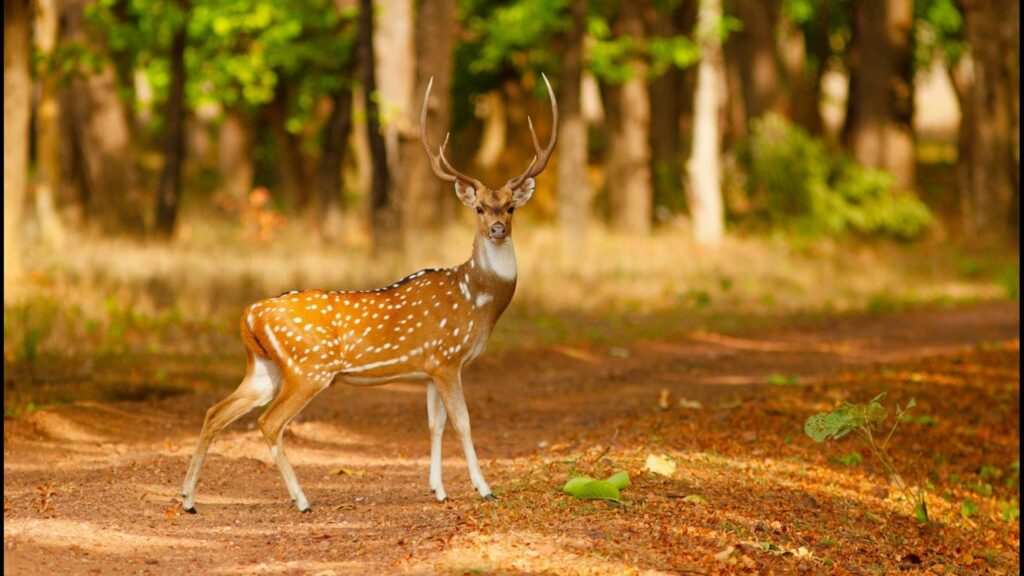
My name is Indrajit Latey and I have been working in wildlife and nature education since 1995. I received my diploma in ‘Wildlife Education for Children’ from the Centre for Environmental Education (CEE) in Ahmedabad. After that, I worked with WWF (India) for almost five years, designing and executing a nature education program for children aged 8-14 years.
Following on from this, I launched an NGO called Pugmarks in my hometown – Pune – where we successfully organised camps and tours for children all over India. These were predominantly wildlife and adventure based, meaning I had the opportunity to travel the length and breadth of India.
On my travels I met some of the best wildlife conservationists and got to know them really well. Stalwarts like the late Fateh Singh Rathore, the late Billy Arjan Singh, Romulus Whitaker, K. Ullas Karanth, to name a few, who spent their lives working, writing and fighting for conservation and raising awareness about India’s animal kingdom. I had fantastic opportunities to work with some of them in pristine habitats in Ranthambore, Kanha and Bandipur.
What inspired you to become a wildlife naturalist and what do you find most fulfilling about your work?
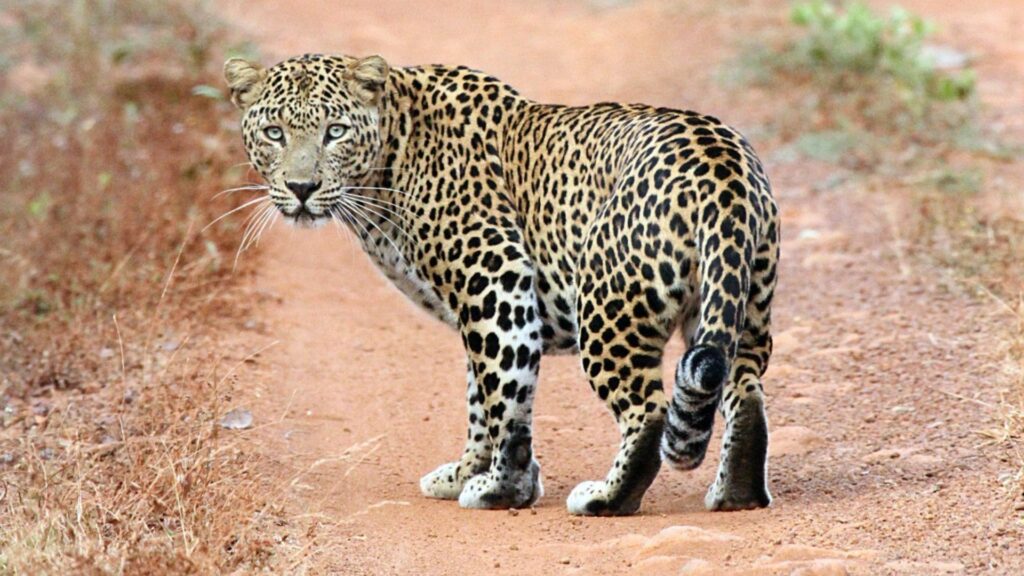
My father was a zoologist and taught at the local university for 42 years. His work saw him travel to remote destinations with his students on their MSc field trips – I tagged along! I was four years old when I first put a SCUBA tank on my back and was pushed into the ocean to see underwater life.
My mother comes from a very small village near a tiger reserve called Melghat. During our summer vacations, my grandfather took my sister and I on drives into the forest every evening. It was that time of my life that I decided I wanted to do something related to wildlife and forestry.
To me, a naturalist is someone who plays a key role in education and conservation. What I find most fulfilling is the passion I have always had for nature and wildlife and I enjoy sharing the knowledge and enthusiasm with others. I feel a sense of satisfaction from helping people connect with the natural world and from educating people about the importance of conservation and our interdependency on it.
I find my work rewarding because I get to spend time outdoors in beautiful, remote locations and I have all the time and opportunity to observe and learn about a wide variety of wildlife species.
What is the current state of wildlife conservation in India? What are some of the biggest challenges facing conservation efforts?
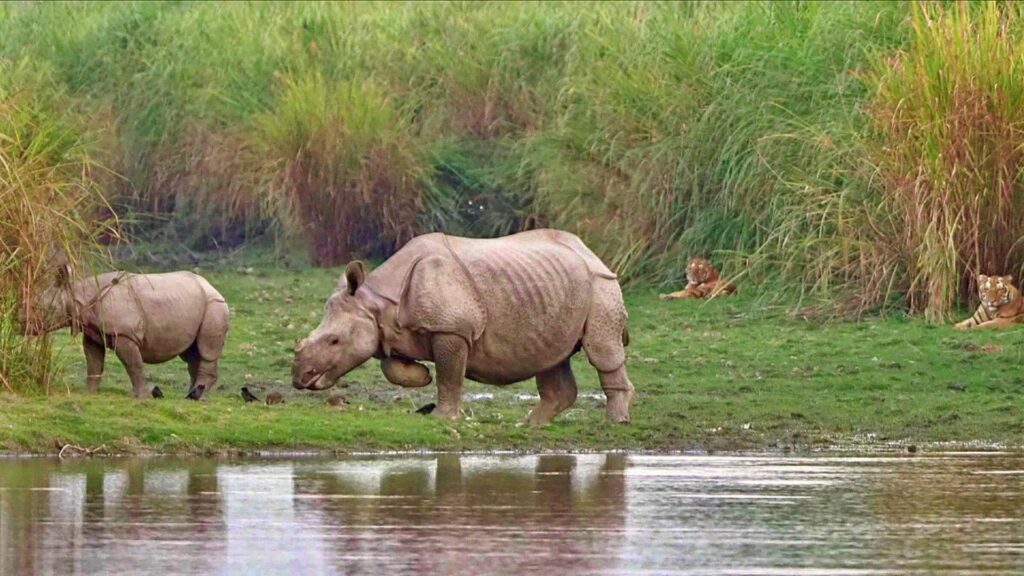
India is a country rich in biodiversity, home to a diverse range of flora and fauna, including many endangered species. The Indian government has taken several measures to protect and conserve its wildlife and natural resources; protected areas have been established such as national parks, wildlife sanctuaries and biosphere reserves. Several laws and policies have also been implemented to protect wildlife and their habitats such as the Wildlife Protection Act 1972.
Despite these efforts, India still faces significant challenges when it comes to wildlife conservation. Habitat loss, poaching, and human-wildlife conflict remain major threats to many of India’s wildlife species, particularly large mammals such as tigers, elephants and rhinos. The rapid pace of development and infrastructure expansion in India has resulted in the loss of natural habitats and fragmentation of wildlife populations, further exacerbating the challenges faced by wildlife conservation efforts.
Nevertheless, there have been some notable successes in wildlife conservation, such as the recovery of tiger populations in some protected areas and the successful conservation of species such as the Indian rhino and the Asiatic lion. The Indian government and various non-governmental organisations continue to work towards improving the state of wildlife conservation in the country through a combination of policy measures, community engagement and scientific research.
Can you tell us about a particularly memorable experience you have had while working in the field?
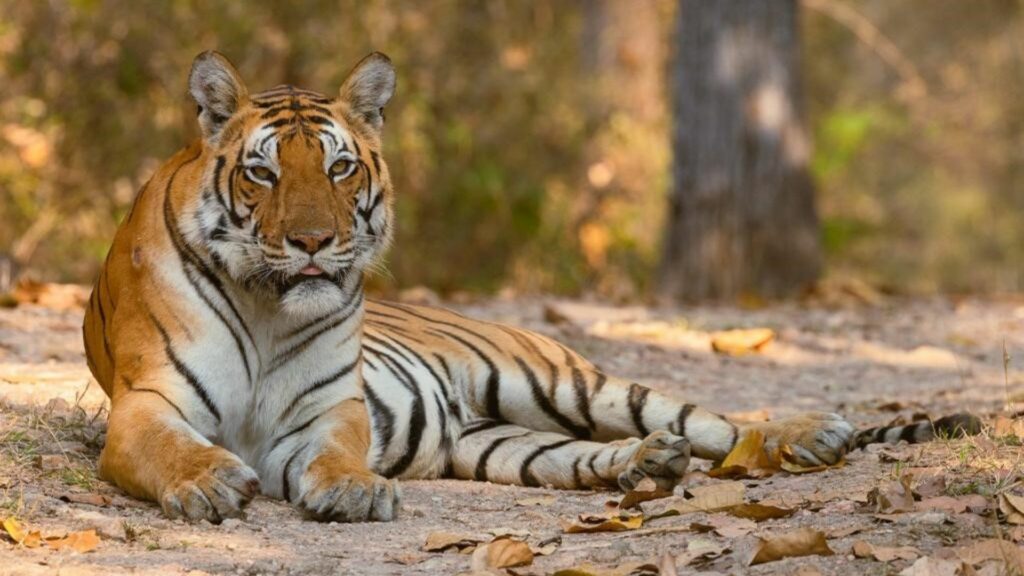
Each and every day going on safari is a thrilling and memorable experience. No two safaris are the same, in whatever way. Single-mindedly, going on a safari with the objective of seeing a tiger will always disappoint you. Even just sitting next to a stream will enhance a safari experience.
In your opinion, how can we best solve the human / tiger conflict?
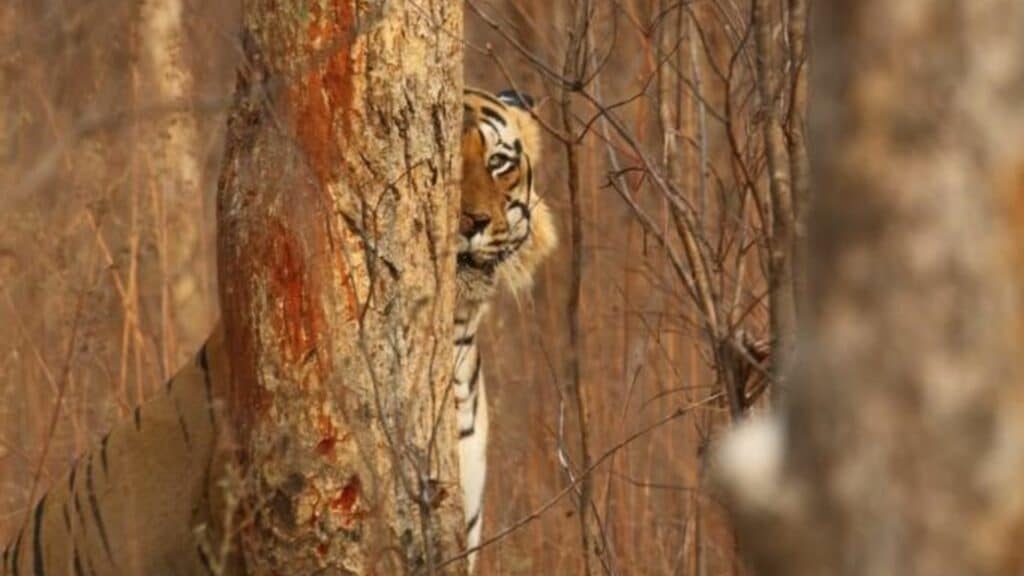
The human-tiger conflict is a complex issue that requires a multifaceted approach for an effective solution. Tigers are territorial animals that require large home ranges and their habitats often overlap with human settlements, leading to conflict when tigers attack humans or their livestock.
In my opinion, here are some of the possible ways to solve the animal – human conflict:
- Habitat management: Creating more protected areas for tigers, connecting fragmented habitats through corridors and improving habitat quality can help reduce the incidence of human-tiger conflict.
- Community engagement: Engaging local communities in conservation efforts and providing them with alternative livelihoods can help reduce their dependence on forest resources and livestock grazing, which can lead to fewer encounters with tigers.
- Education and awareness: Educating people living in tiger habitats about the behaviour of tigers and ways to minimise human-tiger conflict can be an effective tool in reducing negative encounters.
- Monitoring and early warning systems: Developing early warning systems to alert people when tigers are in the vicinity can help prevent attacks on humans or livestock.
- Conflict resolution: Effective conflict resolution measures, such as translocation of tigers, compensation for loss of livestock and provision of medical treatment for people injured by tigers can help reduce the level of conflict.
It is important to note that any solution to the human-tiger conflict should be based on a comprehensive understanding of the underlying issues and the needs of both humans and tigers. It should involve collaboration between conservationists, government agencies and local communities.
Where is the best place to see tigers in the wild?
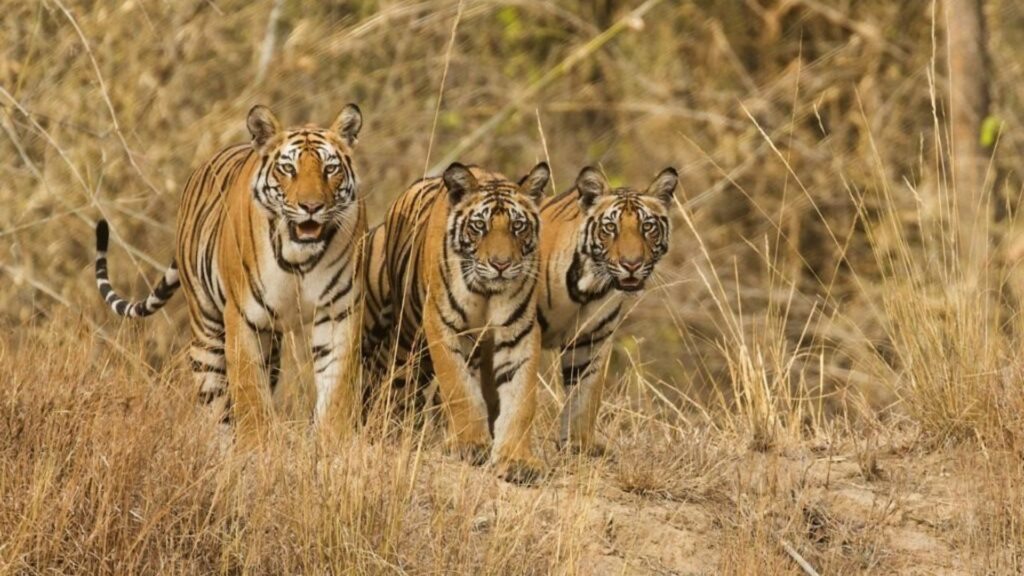
There is not one straightforward answer to that. It all depends on your personal definition of “best”. For someone, it might mean the most beautiful location in which to spot a tiger. For others, it might mean going for the highest number of sightings. India has many tiger reserves and wildlife sanctuaries; the vast area of central India will give you the best chances to see tigers in the wild. A lot of them have a good density of tigers and the chances of spotting the striped cat vary a lot according to the landscape.
Based on the above two criteria, this is my opinion:
MOST BEAUTIFUL PLACES TO SEE TIGERS IN THE WILD
- Kanha Tiger Reserve, Madhya Pradesh
- Ranthambhore Tiger Reserve, Rajasthan
- Corbett Tiger Reserve, Uttarakhand
- Panna Tiger Reserve, Madhya Pradesh
- Satpura Tiger Reserve, Madhya Pradesh
PLACES WITH THE HIGHEST CHANCES OF SEEING TIGERS IN THE WILD
- Tadoba-Andhari Tiger Reserve, Maharashtra
- Ranthambhore Tiger Reserve, Rajasthan
- Bandhavgarh Tiger Reserve, Madhya Pradesh
What is the most important bit of advice you would give someone planning a tiger safari?
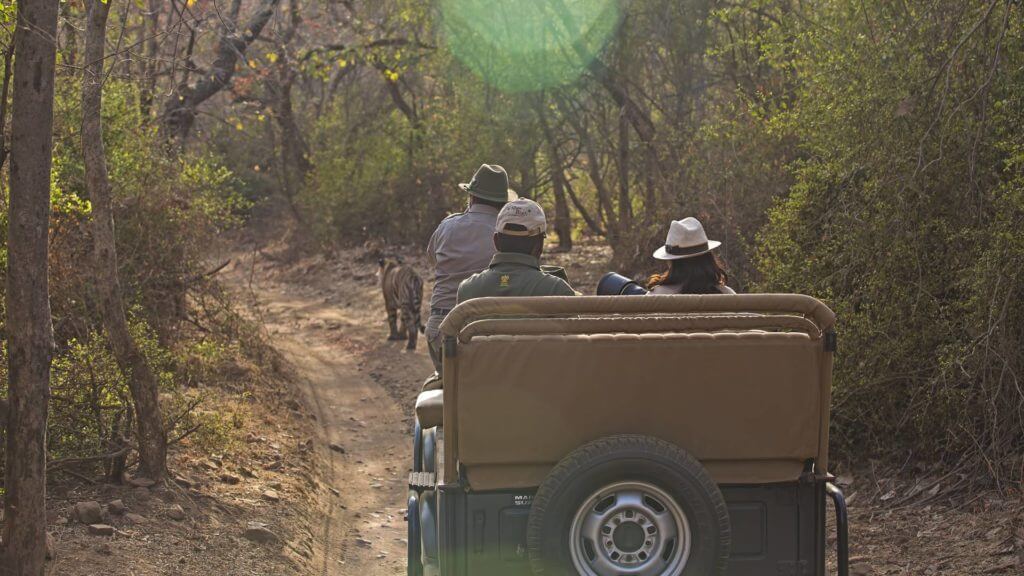
- Given the popularity of tiger safaris in India, you need to book accommodation, safaris and guides well in advance. Ideally, you want to book several months before. (8-10 months, or as soon as you know your itinerary). All tiger reserves and national parks in India have daily quotas of visitors that are allowed in; if you don’t get your safari tickets booked in time, you may miss out.
- Always opt for a safari with an experienced Naturalist. These Naturalists make the safari experience interesting and consistent. Over the years many have become experts in interpreting the flora and fauna. They are excellent story-tellers and are not only experts in reading jungle signs and can locate tigers, but are also knowledgeable about all the other wildlife in the park.
- Experience a mix of different tiger reserve zones. All the popular tiger reserves have many zones open for tourists. Safari tickets are available zone wise. It is best to do a mix of different zones to experience the entire park. Some zones in the same park tend to have a different habitat, resulting in diversity of flora & fauna. Tiger sightings also tends to move around from one zone to another, depending on a tigress with cubs, water and food availability, etc. It is best to give yourself a minimum of five-six nights with eight to ten drives; spread over two tiger reserves, if not more. This will ensure your chances for great sightings.
MOST importantly: When you see your first tiger, put the camera away because, firstly, you might not see another one and also, it is a deeply emotive moment. The photo will probably be rubbish anyway as you will be sobbing or shaking, as you should be.
Feeling inspired? Here are our recommended holidays for an Indian tiger safari:
*All photos have been taken by Indrajit Latey



